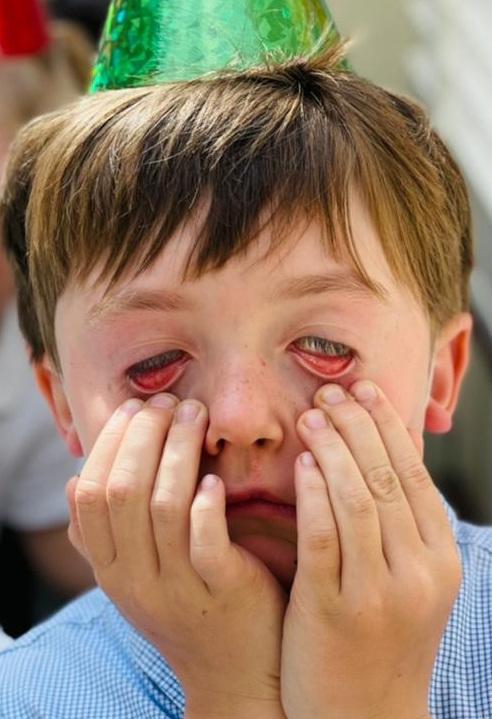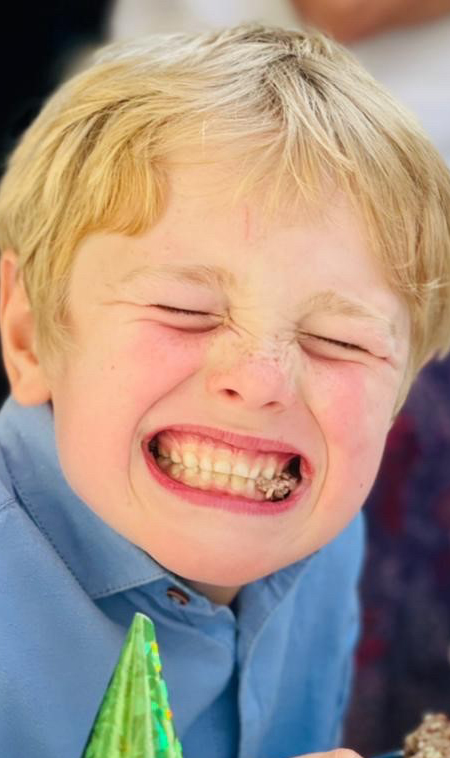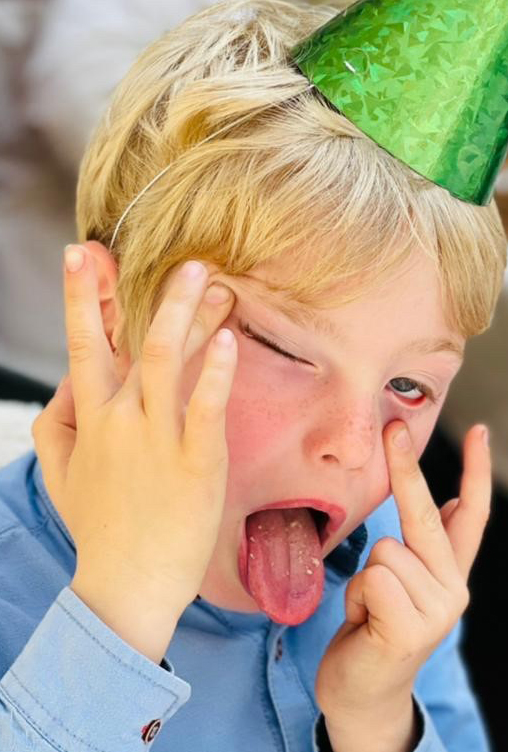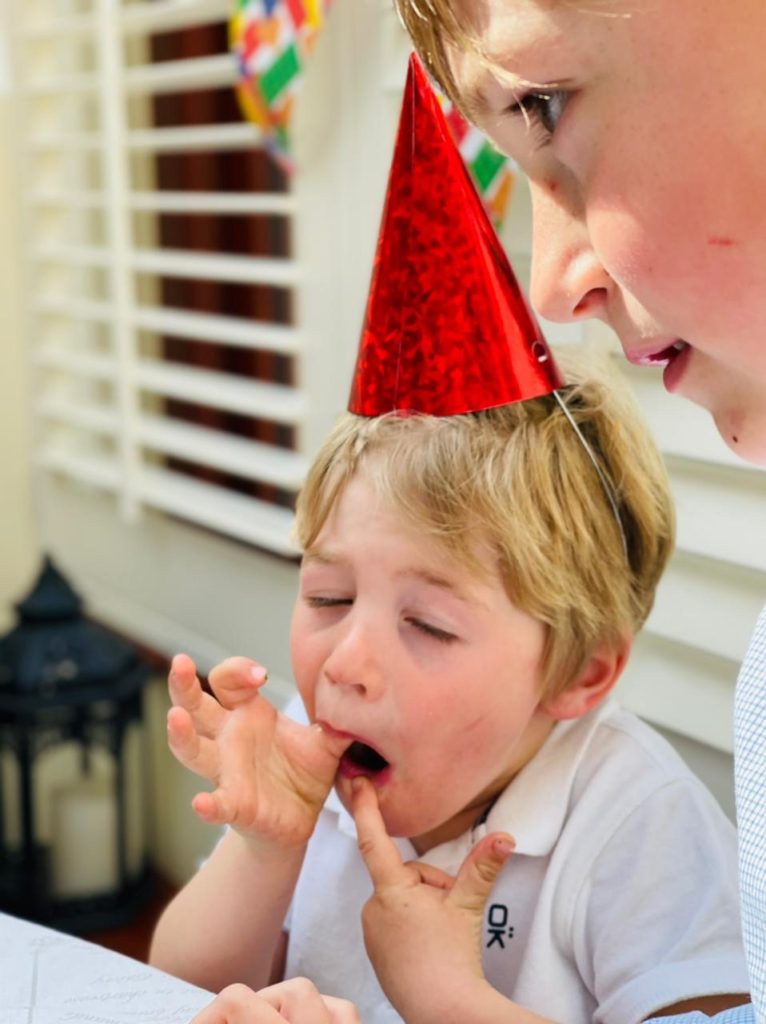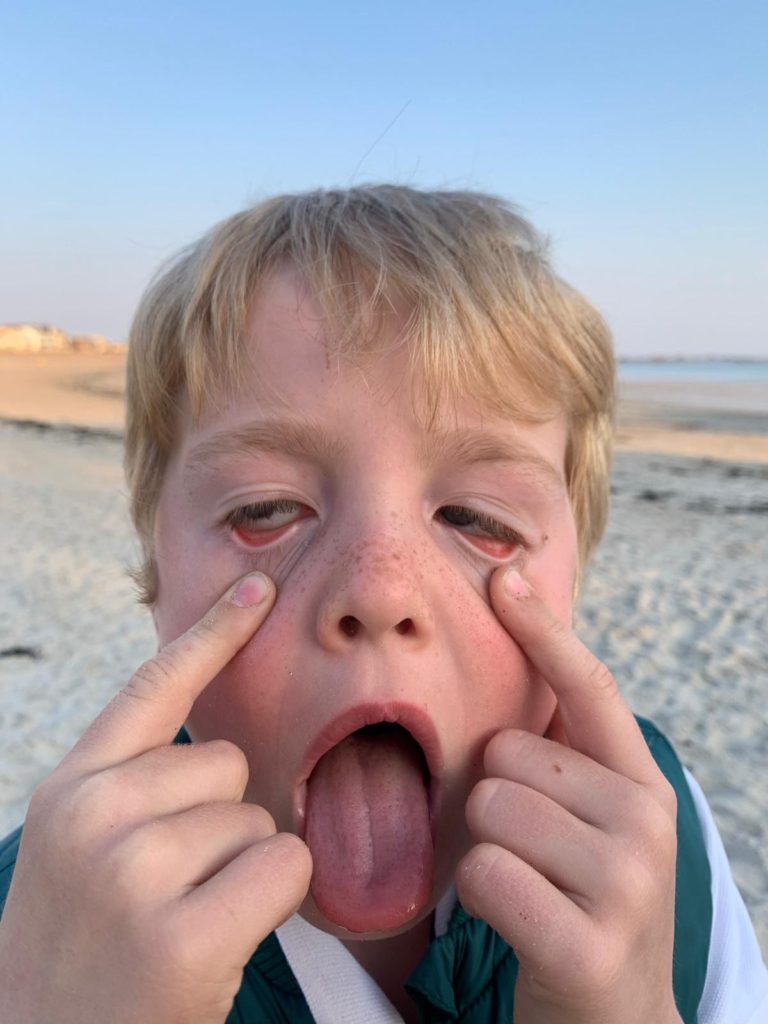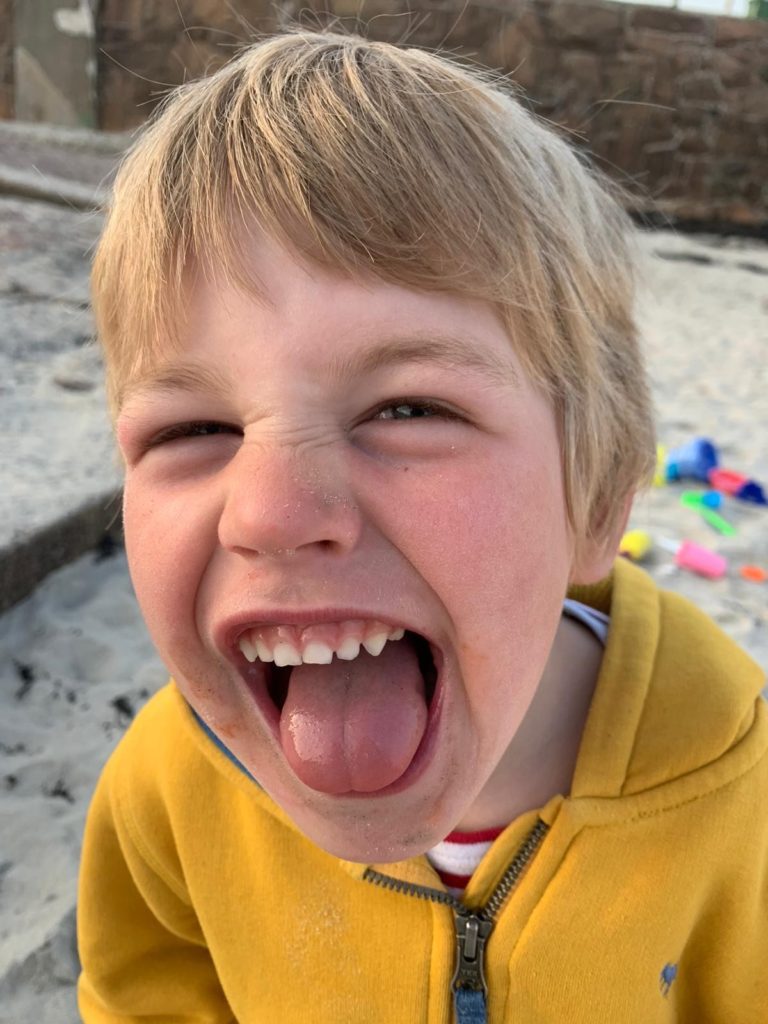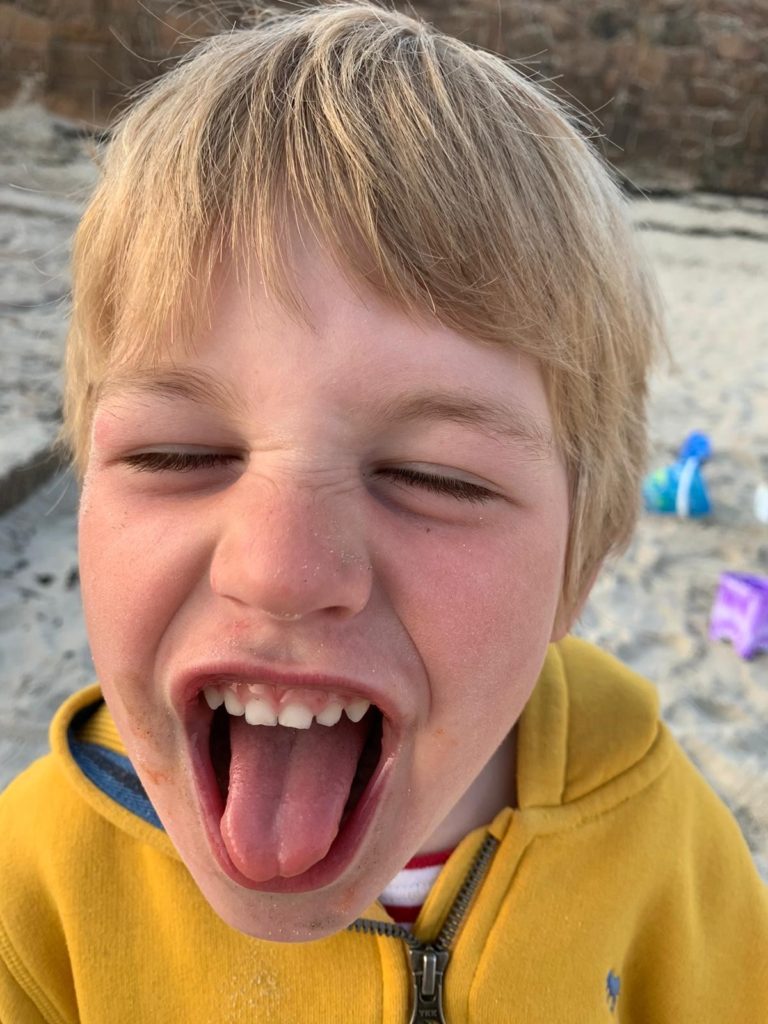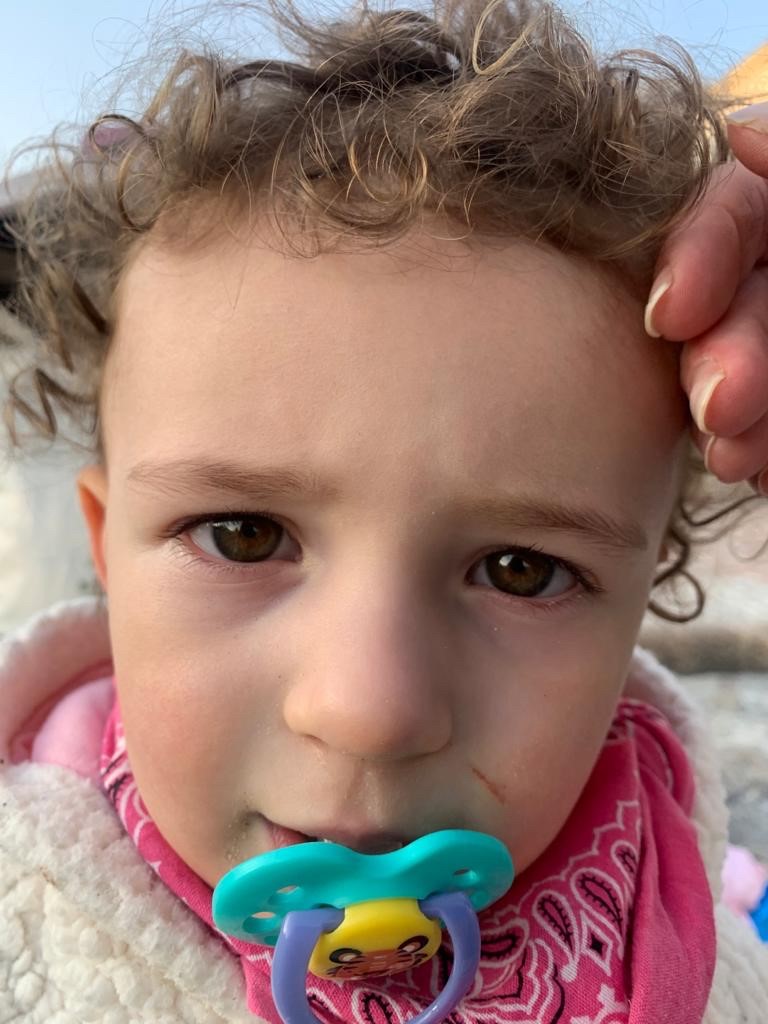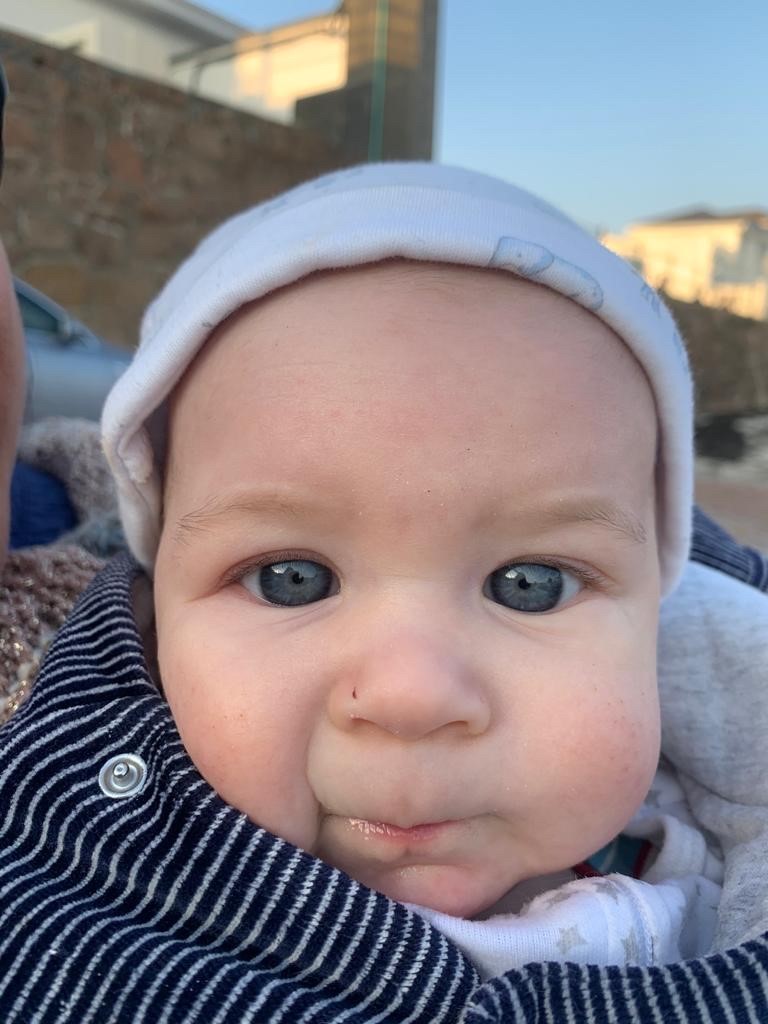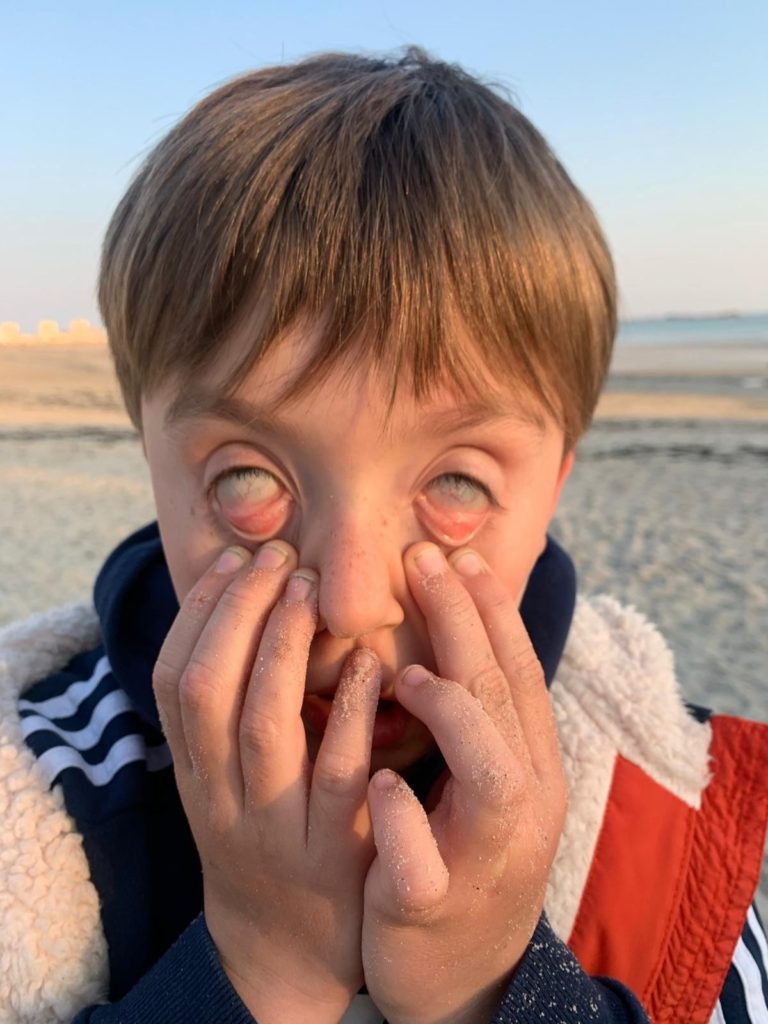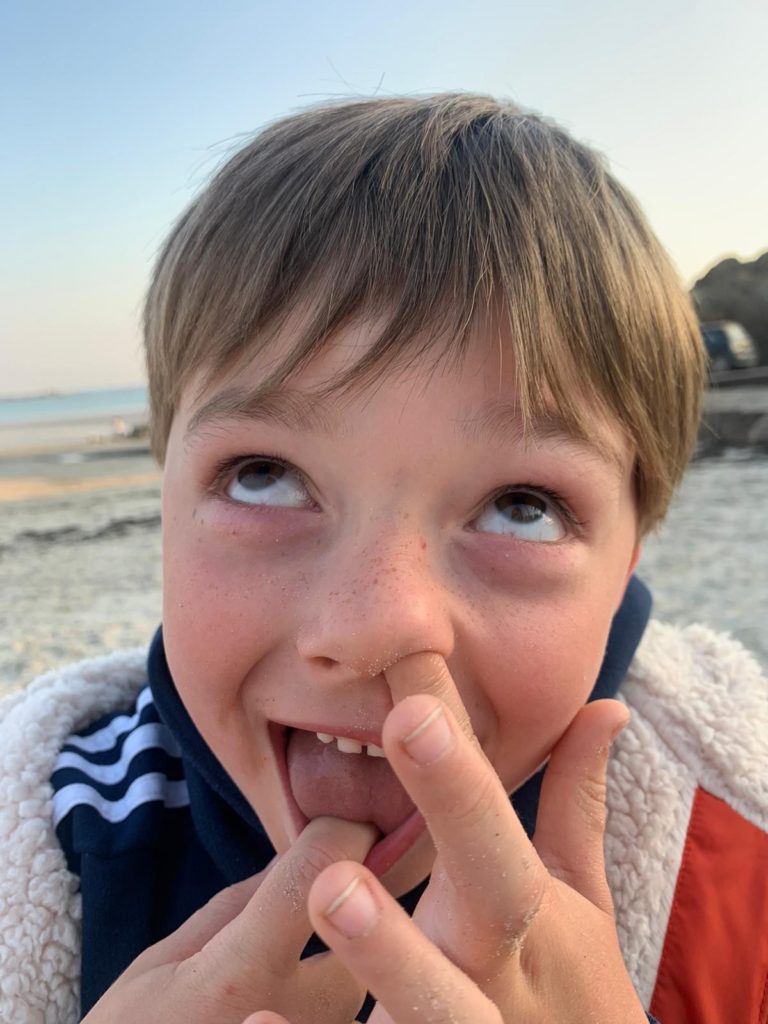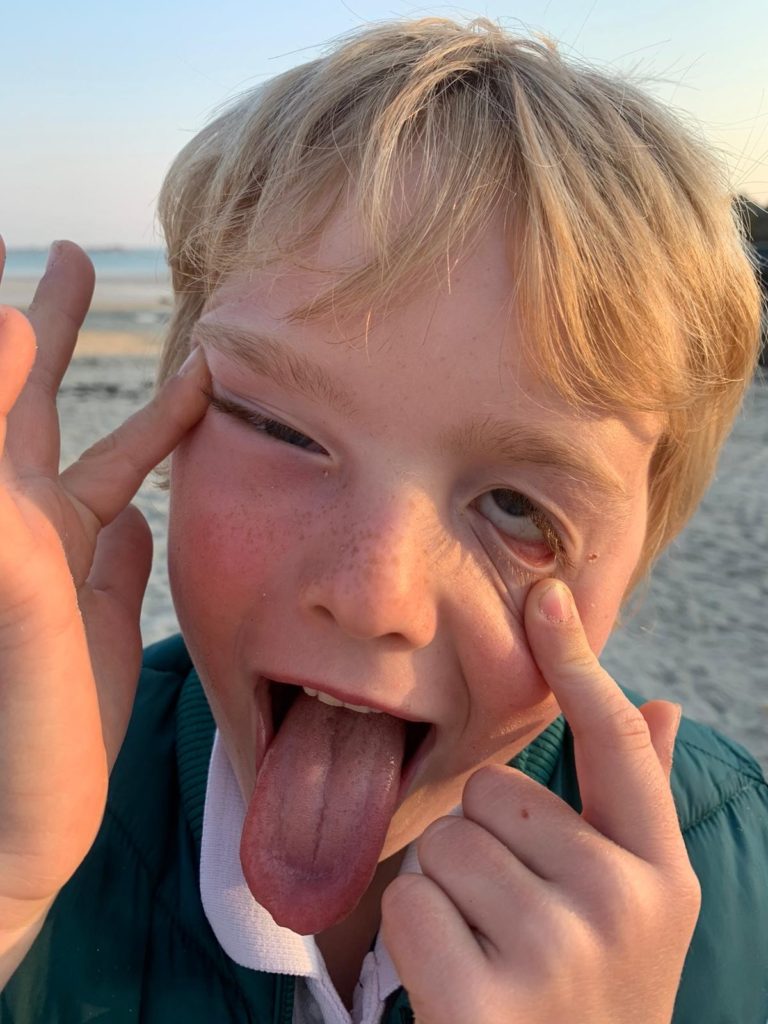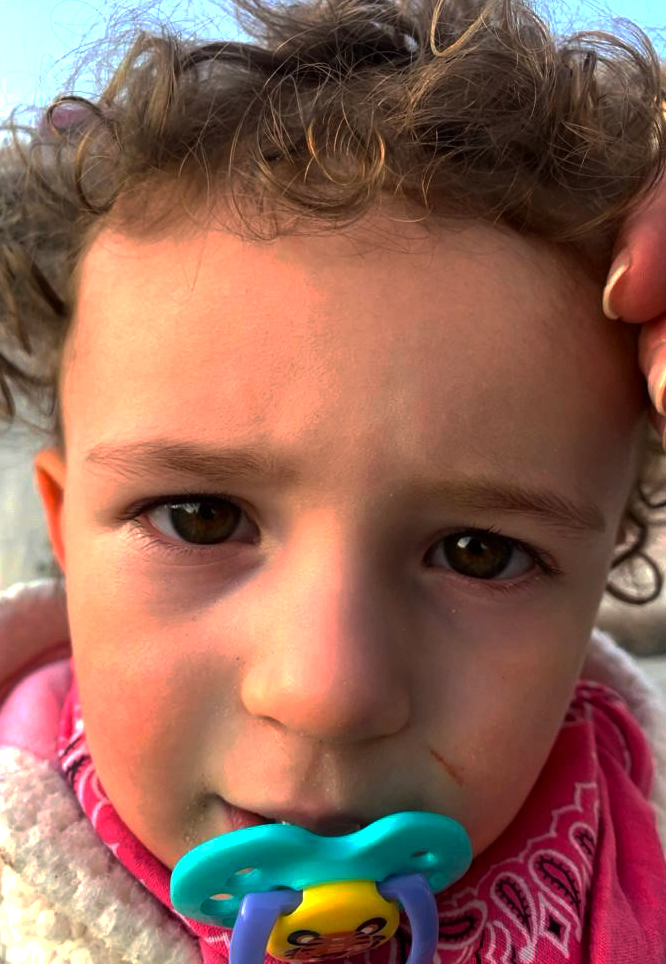Satoshi Fujiwara

Satoshi Fujiwara was born in Kobe, Japan, in 1984. Fujiwara is a Postwar and contemporary artist who started his photography career in 2012 after he quit his job in Japan and decided to move to Berlin. Satoshi Fujiwara’s style of portraiture is unique and somewhat abstract to the human eye. He takes extreme close-ups of people and crops them to his desired size, through this method he has created some iconic images. His work has been featured in multiple art exhibitions at key galleries and museums such as the Jameel Arts Centre and the MOCA Toronto. Fujiwara has also had work featured in articles for the ArtDaily, The Globe and Mail and the Toronto Star.
Examples of Satoshi Fujiwara’s work



Analysis of Satoshi Fujiwara’s work

This photograph taken by Satoshi Fujiwara, is part of the artists ‘Code Unknown’ series from 2015 that focuses on close-up portraits of everyday people with harsh shadows and highlights.
The lighting used in this photograph is very harsh and is directed from one side of the face. In my opinion, sunlight was used to illuminate the face as there is almost a golden tinge to the image. The lighting creates prominent highlights above the cheekbones and around the nose, and caliginous shadows from the right side of the face, especially around the eyes.
The use of line in the photo are provided mainly by the wrinkles on the woman’s face. These thin, curved lines create a downwards motion that directs the viewer’s eyes from the top of the face to the bottom, which creates emphasis of the lips and chin. These organic lines are juxtaposed with the straight, geometric lines of the woman’s glasses, that are slanted across her face, which also contribute to the overall downwards motion of the photograph.
A subtle use of repetition can be seen in the woman’s glasses, which display a repetitive, geometric pattern
There is representation of both geometric and organic shapes within this image. Although most of the shapes in this photograph are organic and natural, these are contrasted with the minute representation of geometric shapes that are found in the glasses in the woman’s hand.
There is a very shallow depth of field in this photograph, as the highlighted, left side of the face is in clear detail, however the right side of the face begins to blur into the shadows. Nearly all the space in the photo is positive, as it is filled up by the woman’s face, although a small section of the background can be seen as negative space as a black backdrop is used.
There is a strong focus on texture in this image, aswell as a clear focus on juxtaposing textures in the photograph. For example, the woman’s cheek contains the appearance of a smooth texture, which is contradicted by the rough wrinkles that inhabit the chin and forehead. The hair also gives the appearance of an almost wiry texture that contrasts the other textures individually.
There is a range of tones from dark to light in this photograph, as the harsh lighting both illuminates and darkness the face. The lightest areas of the face can be seen on the left side, on the cheek and around the eyebrow, and on the high points of the face. The darkest areas can be seen on the right side of the face, where almost the whole face is in darkness. This is especially seen in the wrinkles of the face and around the eyes.
Although the lighting in the image is rather harsh in the photograph, the colours are rather subdued and natural. The main colour palette of the image consists of beige and brown colours, however this is contrasted with the blackish shadows on the right side of the face. If the image was taken in black and white there would be a stronger contrast between dark and light, however the addition of colour allows for a juxtaposition between tones.
The composition of the image is difficult to interpret as there is no geometrical shapes that can be superimposed onto the image and the photographer has not use the rule of thirds in this piece. The focus on composition in this image lies in the close up method that is iconic for Satoshi Fujiwara’s work.







